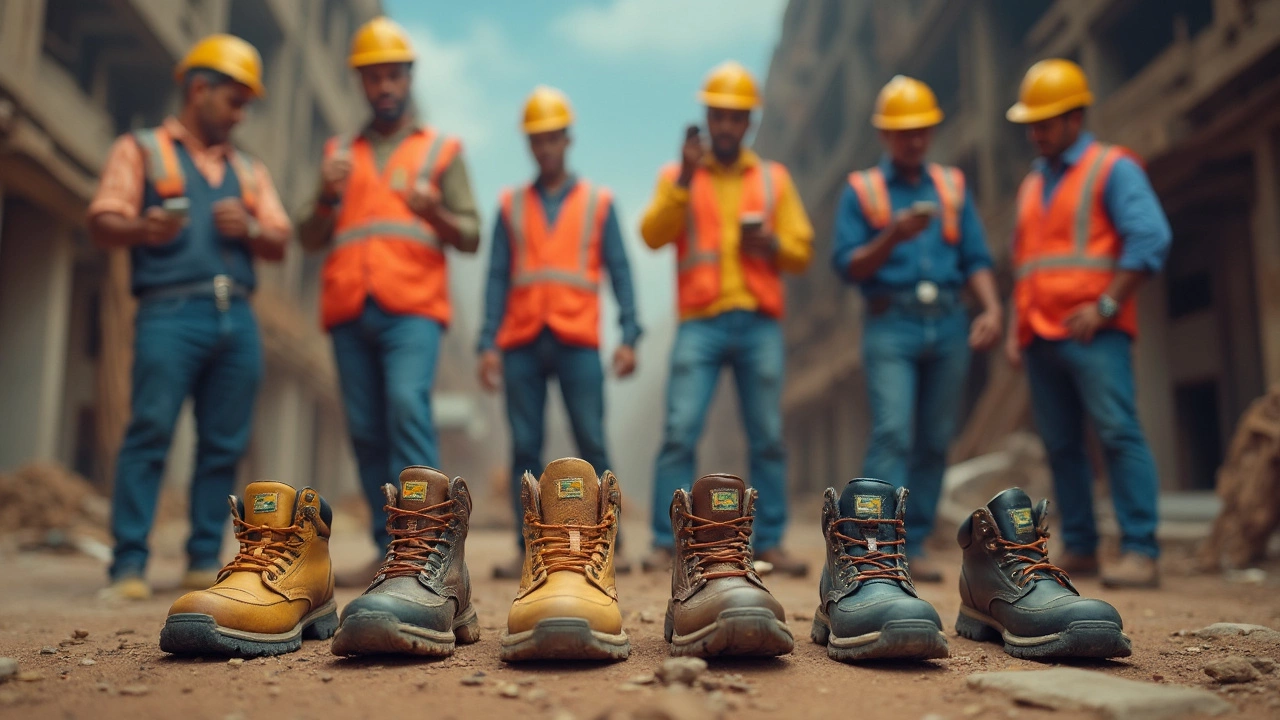Safety Standards: Why They Matter in Your Closet
When you pick a shirt or slip on a pair of shoes, you probably think about style first. But safety standards are the hidden guard that keeps you comfortable and injury‑free. In India, rules cover everything from fabric flammability to chemical limits. Knowing the basics helps you shop smarter and avoid nasty surprises.
What Safety Standards Look Like in Clothing
Clothing manufacturers follow a few key guidelines. The most common is the IS 15815 standard for fire‑resistant fabrics. If a garment passes this test, it won’t catch fire as easily. Another important rule is the Oeko‑Tex certification, which checks for harmful dyes and finish chemicals. When you see the Oeko‑Tex label, you can trust the fabric is safe for skin.
Beyond chemicals, stitching quality matters too. Loose seams can open up and cause chafing. Look for double‑stitched edges, especially in active wear. That simple detail means the garment will hold up longer and stay comfortable during movement.
Footwear Safety: From Soles to Straps
Shoes have their own rule book. The IS 15497 standard tests slip resistance, which is crucial for work environments and rainy days. A slip‑resistant sole can prevent trips that lead to serious injuries.
Leather shoes often claim “premium quality,” but safety standards also cover how the leather is treated. Formaldehyde and chromium must stay below set limits. Look for tags that mention LEATHER SAFETY or similar certifications. If a pair of shoes passes the ISO 20344 impact test, it means the toe box can absorb knocks without crushing your toes.
For sandals and open‑toe shoes, the strap material should be strong enough to not snap under pressure. Brands that test their straps for tensile strength give you extra confidence during long walks or hikes.
So, how can you use this info when you shop? Start by checking the label. A tiny icon or a short phrase often hides the certification. If you can’t find it, ask a sales associate—most reputable stores know their standards.
Keep an eye on price, but don’t equate low cost with low safety. Many budget brands cut corners on testing, which can lead to skin irritation or slipping hazards. Investing a little more in a certified product usually pays off in durability and peace of mind.
Another tip: wash new clothes before the first wear. Some chemicals off‑gass during the first few washes, and a quick rinse can reduce skin reactions. Same goes for new shoes—air them out for a day before your first long walk.
Finally, remember that safety standards evolve. What was acceptable a decade ago may no longer meet today’s rules. Brands that update their processes regularly show a commitment to consumer health.
At Arman Fashion Line, we follow all relevant Indian and international safety standards. From our cotton tees to our leather shoes, every item undergoes strict testing before it reaches you. That means you get style without compromising on safety.
Next time you’re scrolling through our collection, take a second to spot the safety badges. It’s a small step that makes a big difference for your comfort and well‑being.

